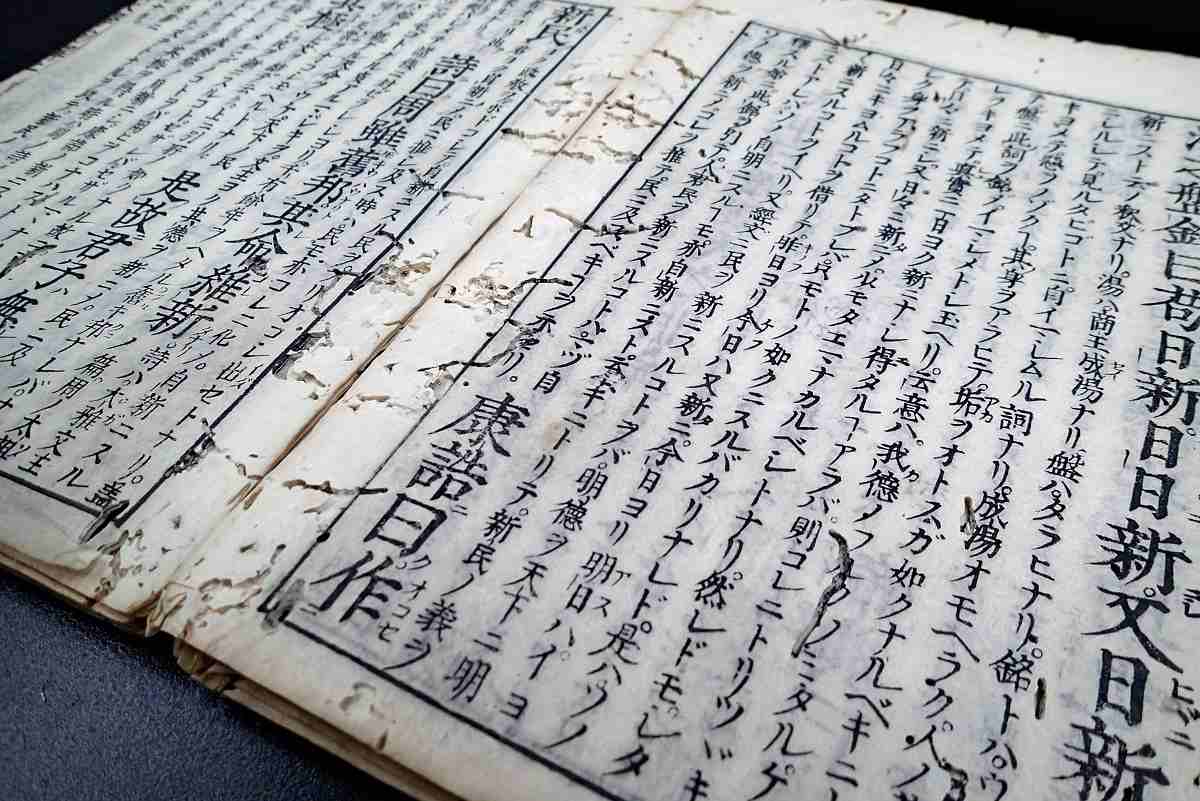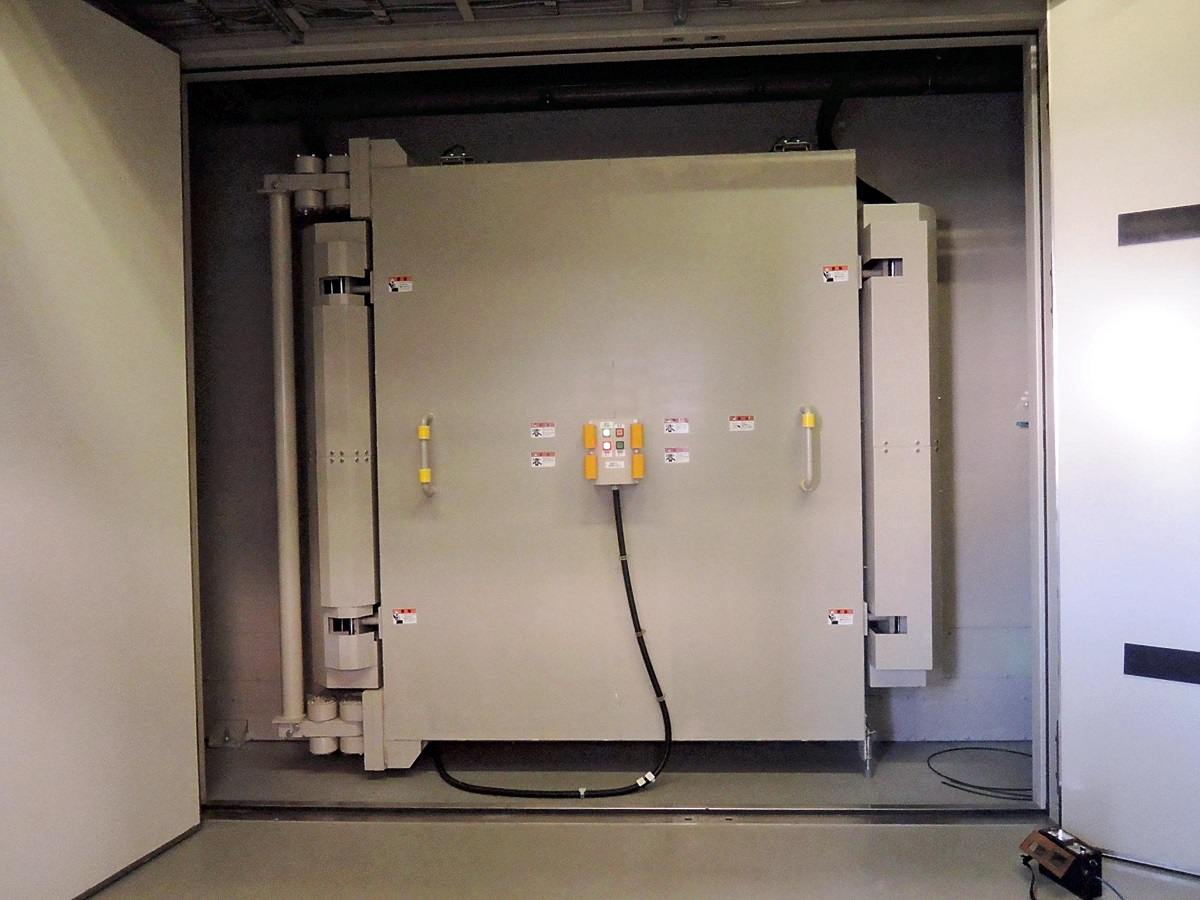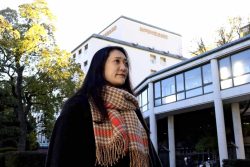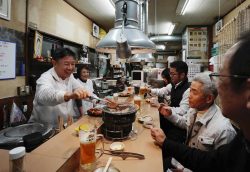Japanese Museums’ Preservation Efforts Threatened As Manufacturer to Halt Sales of Effective Fumigation Gas

An old book damaged by insects
1:00 JST, May 23, 2024
Museums and other facilities may struggle to eliminate insects and mold from cultural assets in the future, as a company that produces gas for fumigation has decided to stop selling the product most widely used in museums nationwide.
Other gases are available, but they can only be used in certain areas of the nation or are not as effective. The situation has led to growing concern among the parties involved.
Nippon Ekitan Corp. is a Tokyo-based company that has been selling gas for fumigating cultural assets longer than any other business in Japan. It has sold the Ekihyumu S gas in question since the 1970s.
The company recently decided to stop selling Ekihyumu S in March 2025. This gas is effective for both insects and mold, and it is widely used in museums.
Nippon Ekitan’s decision was partly spurred by a drastic increase in the price of the materials needed to produce the gas. Also, it contains ethylene oxide, which can harm the natural environment, and the Environment Ministry is calling for emissions of ethylene oxide to be reduced.
“We can’t continue production, also for the safety of the people who engage in the work. Developing an alternative product is also difficult. We’re very sorry but we want the people concerned to understand the situation,” a company official said.
Fumigation is used to kill harmful insects and mold attached to the inside of Buddhist statues, old documents and other cultural properties. The procedure is conducted by filling an enclosed space with gas.
Such work is usually done on a regular basis, but there are moves now to reduce the frequency due to limited budgets or concerns about safety.
However, there are still many occasions when fumigation is necessary, such as when harmful insects appear in large numbers and when cultural properties are brought to museums from elsewhere.
Bunkazai Chukingai Kenkyujo, a public interest incorporated foundation that seeks to prevent damage to cultural properties from insects and fungus, certifies three kinds of gas that are currently available as having a low negative impact on cultural assets.
One is Ekihyumu S. The company that handles one of the other gases only services the Kanto region and nearby areas, while the other gas is effective against insects but not mold. Furthermore, the latter gas is only handled by a few service providers.
Museum officials and other people concerned are increasingly anxious.
At the Kyoto National Museum in Kyoto, its fumigation chamber is exclusively for Ekihyumu S gas – the chamber would need to be modified to use other kinds of gases. In addition, the machine for the alternative gas that is effective against both insects and mold generates air currents, which could result in such problems as gold leaf coming off of sculptures.

The door of a fumigation chamber
There are many fragile cultural assets from which mold cannot be removed easily, so it is important for fumigation gas to be able to kill mold.
“We can’t find an alternative measure,” said Junko Furihata, chairperson of the museum’s Department of Conservation Science.
Yukio Komine, a research fellow of the Nara National Museum’s preservation and repair instruction office in Nara, said, “From the viewpoint of cost, it’s not realistic to bring in service providers from the Kanto region.”
Fumigation is effective in small spaces that human hands can not reach.
Yoshinori Sato, head of the Biological Science Section of the Tokyo National Research Institute for Cultural Properties, said, “If we can’t fumigate, many problems may occur all at once several years down the road.”
"Business" POPULAR ARTICLE
-

Japan Govt Adopts Measures to Curb Mega Solar Power Plant Projects Amid Environmental Concerns
-

Core Inflation in Tokyo Slows in December but Stays above BOJ Target
-

Major Japan Firms’ Average Winter Bonus Tops ¥1 Mil.
-

Institute: 2026 Condo Supply in Tokyo Metropolitan Area Forecast to Increase by 2.2%
-

Mcdonald’s, Starbucks in Japan Move Away from Paper Straws Amid Customer Dissatisfaction
JN ACCESS RANKING
-

Japan Govt Adopts Measures to Curb Mega Solar Power Plant Projects Amid Environmental Concerns
-

Core Inflation in Tokyo Slows in December but Stays above BOJ Target
-

Major Japan Firms’ Average Winter Bonus Tops ¥1 Mil.
-

Tokyo Zoo Wolf Believed to Have Used Vegetation Growing on Wall to Climb, Escape; Animal Living Happily after Recapture
-

JAL, ANA Cancel Flights During 3-day Holiday Weekend due to Blizzard
























